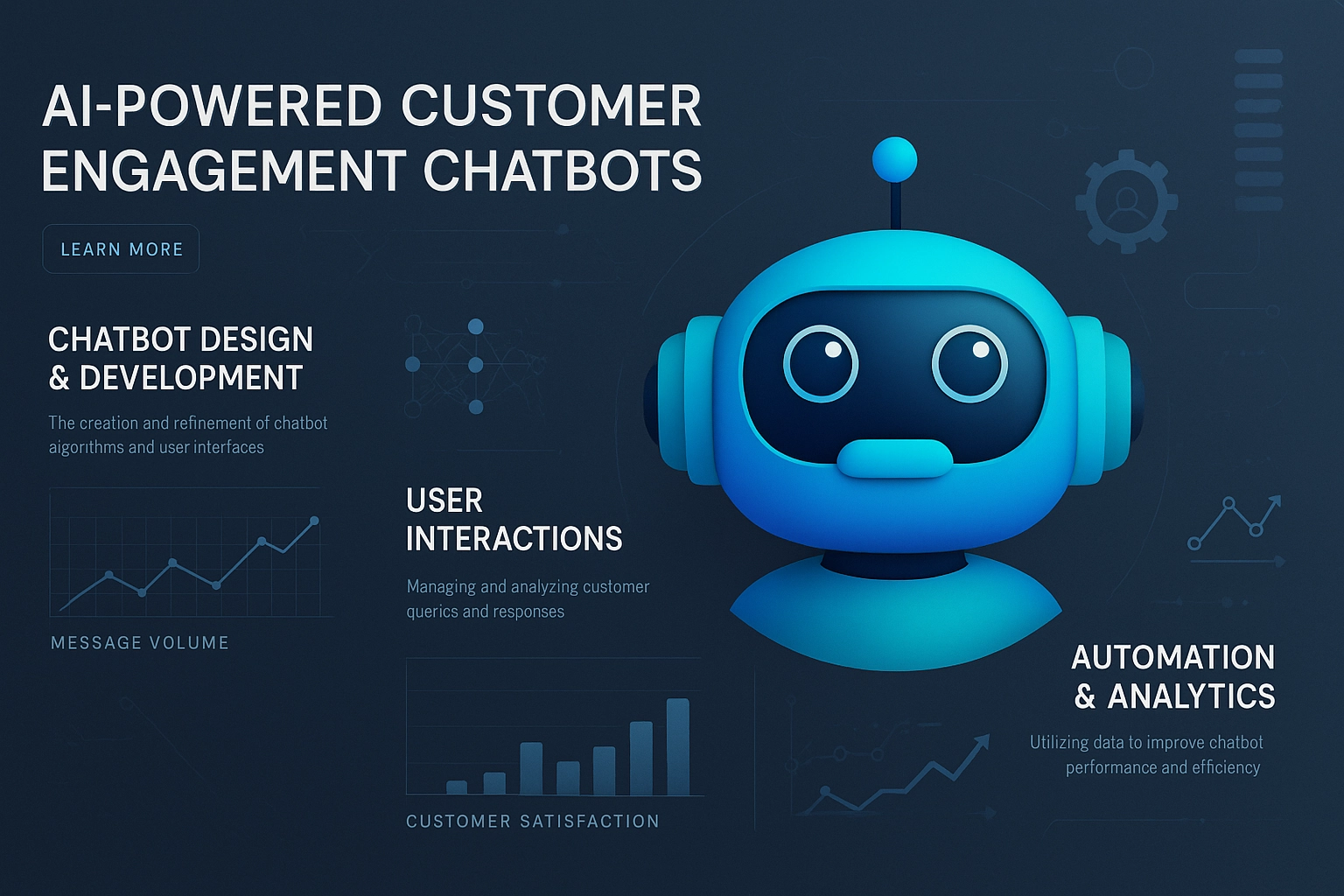
Building Effective Chatbots for Customer Engagement
In an era where instant gratification has become the norm, businesses are increasingly turning to chatbots to meet customer expectations for immediate, 24/7 service. However, not all chatbots are created equal. The difference between a chatbot that frustrates customers and one that delights them lies in thoughtful design, sophisticated technology, and strategic implementation.
At its core, an effective chatbot must understand customer intent. This requires natural language processing (NLP) capabilities that go beyond simple keyword matching to comprehend the nuances of human communication. Modern AI-powered chatbots can recognize context, remember previous interactions, and even detect sentiment, allowing them to respond appropriately to a wide range of queries and emotions.
Personality matters more than many businesses realize. A well-designed chatbot should reflect your brand voice and values, creating a consistent experience across all customer touchpoints. Whether professional and straightforward or casual and witty, your chatbot's tone should align with your overall brand identity while remaining conversational and authentic.
The most successful chatbots are designed with clear use cases in mind. Rather than attempting to handle every possible customer interaction, effective chatbots excel at specific tasks such as answering FAQs, scheduling appointments, processing returns, or providing product recommendations. By focusing on high-volume, routine inquiries, chatbots can resolve issues quickly while freeing human agents to handle more complex situations.
Integration with existing systems is crucial for chatbot effectiveness. A truly valuable chatbot should connect seamlessly with your CRM, knowledge base, inventory management, and other business systems. This integration enables the chatbot to access customer data, order history, and product information, providing personalized and contextually relevant responses.
The handoff between chatbot and human agent represents a critical moment in the customer journey. When a conversation exceeds the chatbot's capabilities, the transition to a human agent should be smooth and transparent. The best implementations provide agents with complete conversation history and context, eliminating the need for customers to repeat information.
Beyond customer service, chatbots can serve as powerful data collection tools. Every interaction provides valuable insights into customer needs, preferences, and pain points. By analyzing chatbot conversations, businesses can identify common issues, recognize emerging trends, and uncover opportunities for product or service improvements.
Continuous improvement is essential for long-term chatbot success. This requires regular analysis of performance metrics such as resolution rate, customer satisfaction, and conversation flows. Machine learning capabilities allow modern chatbots to improve automatically over time, but human oversight remains important for identifying areas where additional training or refinement is needed.
Location-specific chatbots represent an emerging trend with significant potential. These specialized bots provide information and services tailored to a user's geographic location, enhancing relevance and utility. From offering store-specific inventory information to providing localized recommendations, these chatbots create more personalized customer experiences.
As we look to the future, the line between chatbots and virtual assistants continues to blur. Advances in conversational AI, emotion recognition, and predictive analytics promise even more sophisticated and helpful digital assistants. Businesses that invest in developing robust chatbot strategies today will be well-positioned to leverage these emerging capabilities and maintain competitive advantage in an increasingly digital marketplace.